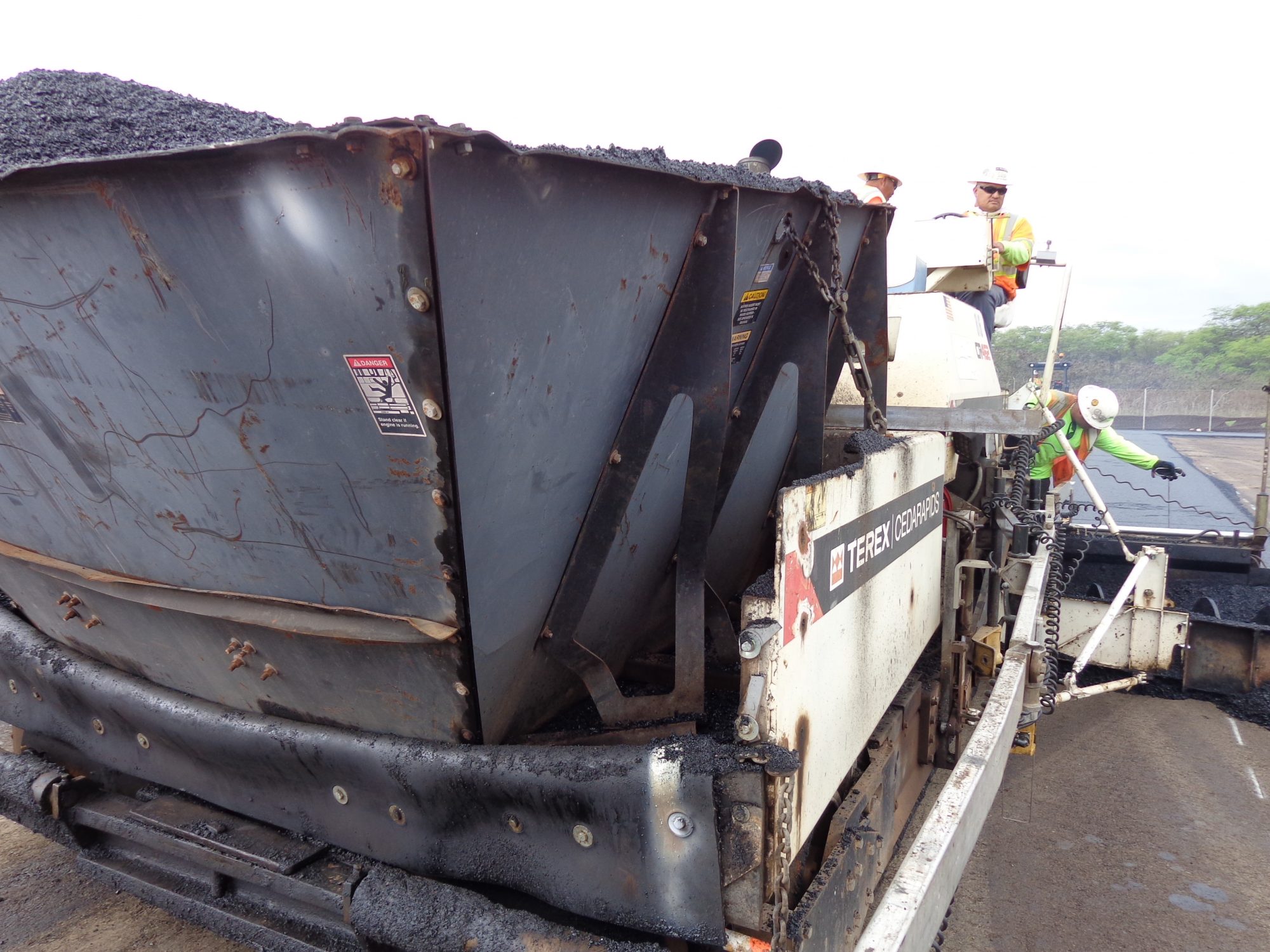We Improve America’s Infrastructure with Advanced and Clean Diesel Equipment
BY Diesel Technology Forum

During the week of May 15 through 19, hundreds of organizations met in Washington, D.C., to honor past accomplishments and focus on the future growth of America’s national infrastructure as part of Infrastructure Week.
With diesel equipment serving as the overwhelming power source for past and future infrastructure growth, Diesel Technology Forum Executive Director Allen Schaeffer issued the following statements about the importance of new diesel engines and equipment in construction, and that off-road equipment is now cleaner and more efficient than ever before.
Diesel Powers Over 90 Percent of Machines & Equipment for Building & Repairing Infrastructure
“Infrastructure is the backbone of the U.S. economy and our global competitiveness, and it’s vital we start reinvesting in its future. It’s been over 40 years since most portions of the Interstate Highway System were completed. Since then the materials and methods for safe road building and design have advanced by leaps and bounds. And so have the machines that do the work.
“Diesel engines are the workhorse of all infrastructure projects. Over two-thirds of all construction machines are powered by diesel and nearly all the largest equipment has diesel as the technology of choice. Whether we’re talking about moving massive amounts of dirt, milling pavement…or massive cranes used for building bridges, the jobs all come back to diesel power.
“Thanks to innovation in engine technology and emissions control systems, the end result is that these technologies enable infrastructure projects to be built faster, using less fuel, and generating a fraction of the emissions from even a decade ago.
These advances will especially be important to the people living and working in the communities around these job sites.”
Emissions from New Clean Diesel Equipment Have Been Reduced to Near Zero Levels
“One of the biggest advancements comes from the new generation of construction machines and equipment that do the work. Emissions from mission-critical new clean diesel equipment have now been reduced to near zero levels, which is providing major environmental benefits throughout the country. From bulldozers, to excavators and motor graders, the latest generation, or Tier 4, engines reflect the most advanced emissions standards for off-road equipment established by the U.S. Environmental Protection Agency (EPA) for equipment manufactured since 2014.
“Depending on the horsepower range of the machine, emissions of particulate matter (soot) and oxides of nitrogen (NOx) have all been reduced by more than 90 percent.
“Manufacturers have taken efficiency, fuel savings and lower emissions well beyond the design of the engine to include efficiency improvement in the overall machine. Advanced engine designs, hybrid capabilities in some machines along with energy storage technologies, and even advanced telematics systems, GPS and integrated work site control systems are now deployed in new equipment and combine to yield substantial fuel savings and emission reductions. “The adoption of ultra-low sulfur diesel fuel in 2010 set in motion the path to clean diesel technology for off-road equipment. Increasingly in the future the use of advanced biodiesel and renewable diesel fuels will provide additional options for lowering emissions and reducing carbon footprints.”
Diesel is First Choice for America’s Construction Sector
Big data, efficiency, and the smart and connected jobsite are hot topics in the construction industry today. Each of those is built on the foundation of clean, efficient power provided by the most advanced diesel engines.
Because of diesel’s unmatched and unique combination of power, performance, reliability, fuel efficiency and now near zero emissions, it is the technology of choice and the workhorse of the nation’s construction sector, powering more than three-fourths of all heavy construction equipment.
Today, roughly 850,000 diesel-powered vehicles nationwide are in use bringing supplies, materials and workers to and from U.S. construction sites. Earthmovers, loaders, pavers, excavators, motor graders, and more are essential to building and expanding our economic infrastructure. For most of these machines, there is simply no substitute for diesel power. No viable alternative has yet emerged for equipment that exceeds 500 horsepower; some construction engines produce several thousand horsepower.
In the construction sector, 98 percent of all energy use comes from diesel. Construction accounts for 55 percent of off-road fuel use in the United States. The U.S. construction industry employs nearly six million people and contributes some $850 billion annually to the economy. This is due in no small part to the power and efficiency of diesel.
For more information, visit www.dieselforum.org.
